Among the majestic mountain peaks, Grenoble offers unique panoramas and the possibility of spending time actively at any time of the year. For mountain lovers, ski lifts and cable cars, such as the famous Téléphérique de la Bastille, provide access to trails and viewpoints from where you can admire the city and the surrounding valleys. Conquering the peaks of the French Alps or winter sports are a real treat here.
The city is also rich in history. Its historic center, with narrow streets and classical buildings, is a testament to its rich past. It is worth visiting the Grenoble Museum, with works by outstanding artists such as Rubens, Picasso and Matisse.
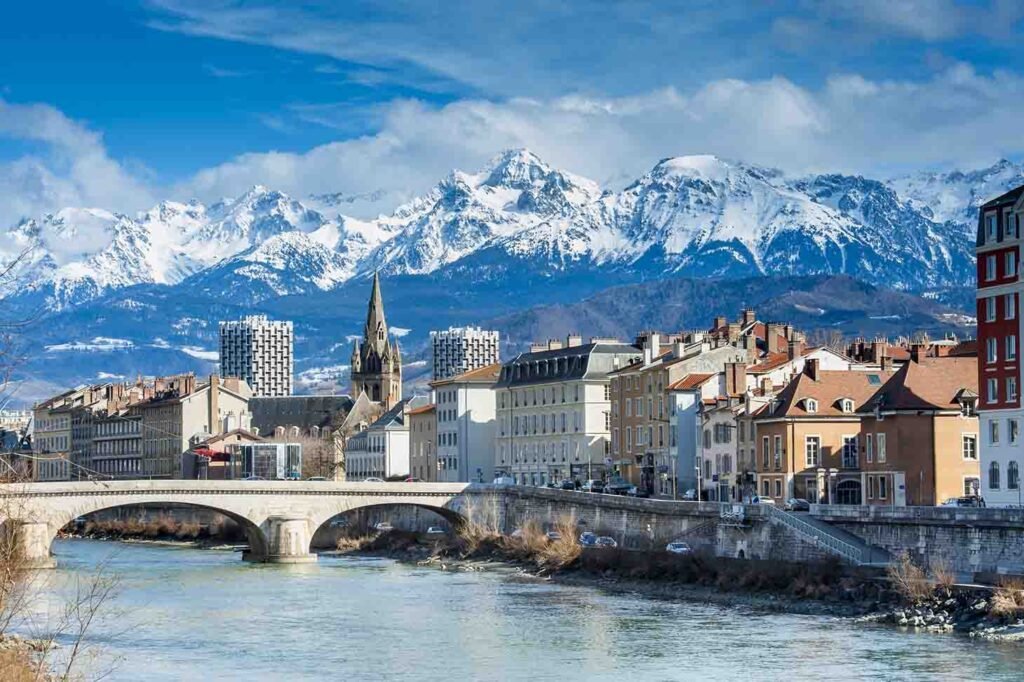
The city is home to the Université Grenoble Alpes, as well as important research centres, which attract students and scientists from all over the world. Grenoble is also known for its cultural events, such as the Festival de Jazz à Grenoble and the Cabaret Frappé, which attract lovers of music and art.
Location
Grenoble is a city in southeastern France, at the foot of the French Alps where the river Drac joins the Isère. Located in the Auvergne-Rhône-Alpes region.
Skiing & Snowboarding in Grenoble

Thanks to its ideal location at the gates of the Alps, Grenoble is the perfect point for practicing winter sports. Grenoble and its surrounding areas are renowned for their world-class skiing and snowboarding. The nearby ski resorts of Alpe d’Huez, Les Deux Alpes, and Chamrousse offer a diverse range of slopes suitable for all levels of skiers and snowboarders.
Alpe d’Huez, with its iconic 21 hairpin bends, is a popular choice for experienced skiers. Les Deux Alpes, one of the largest ski areas in Europe, boasts a vast network of slopes and off-piste terrain. Chamrousse, a family-friendly resort, offers gentle slopes and stunning views of the surrounding mountains.
Téléphérique Grenoble – Bastille
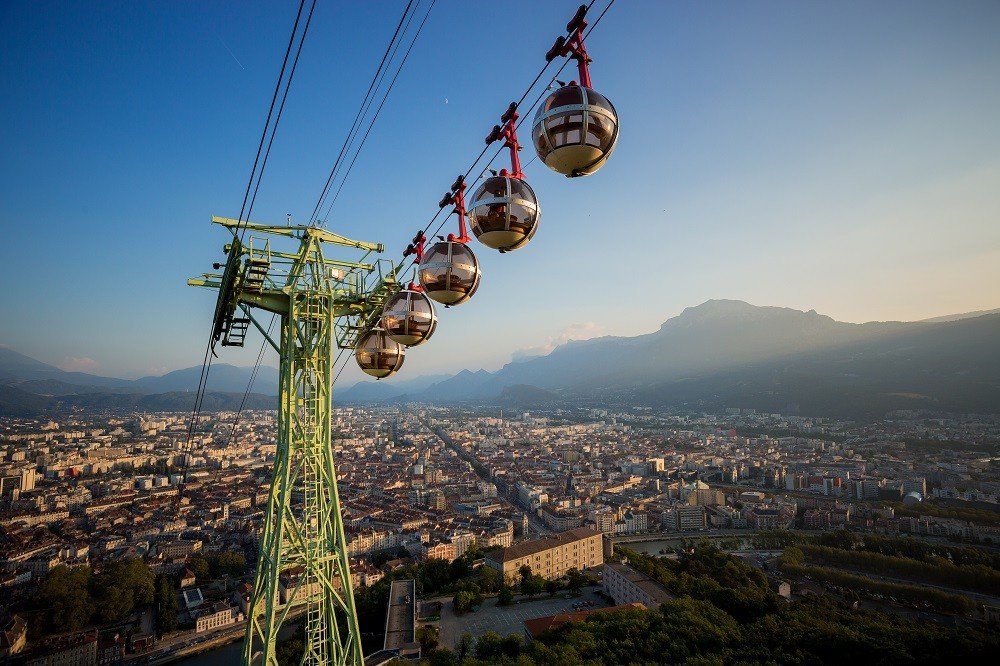
The Grenoble-Bastille Cable Car, an iconic tourist attraction in the Auvergne-Rhône-Alpes region, is one of the world’s first urban cable cars, after Rio de Janeiro and Cape Town! Built in 1934, it provides rapid access from the city center to La Bastille: a military fort built in the 19th century on a hill that also gives it its name, overlooking the Grenoble metropolitan area.
Fort de La Bastille à Grenoble

This fortified manor is a stone’s throw from the center of Grenoble. Come and admires the unique 360-degree panorama of three Alpine valleys: Chartreuse, Belledonne, Vercors, all the way to the legendary Mont Blanc.
The fort was constructed during the 19th century, but human use of this strategic hillside location dates back as far as 43 B.C. Inspect the current fort’s wall-mounted turrets to see that one is actually a remnant from an earlier fortification built in the 16th century. To get there, take the Téléphérique Grenoble – Bastille cable car.
Cathédrale Notre-Dame
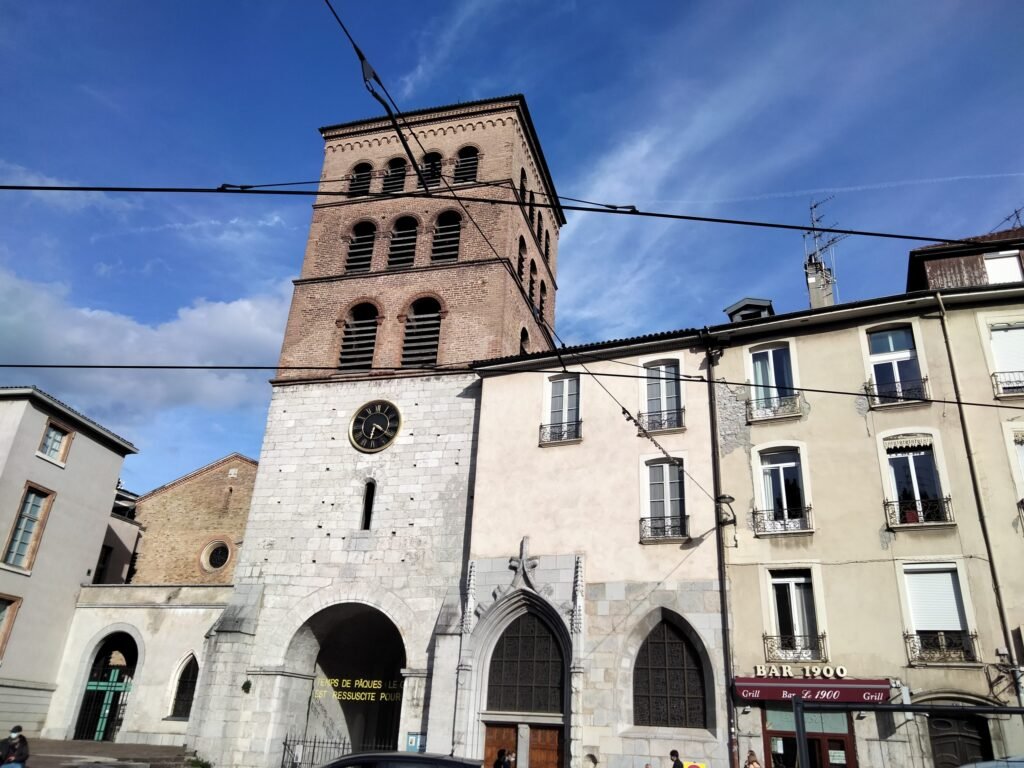
Notre-Dame Cathedral dates back to the 13th century. With its tall, massive brick tower, the cathedral seems to be a symbol of the past power of the lord-bishops of the Middle Ages. The bell tower and porch are Roman, the ciborium is Gothic, and the bas-reliefs are in gilded wood from the 17th century. In addition to the medieval cathedral complex, there are the remains of the 4th-century baptistery.
Musée Dauphinois
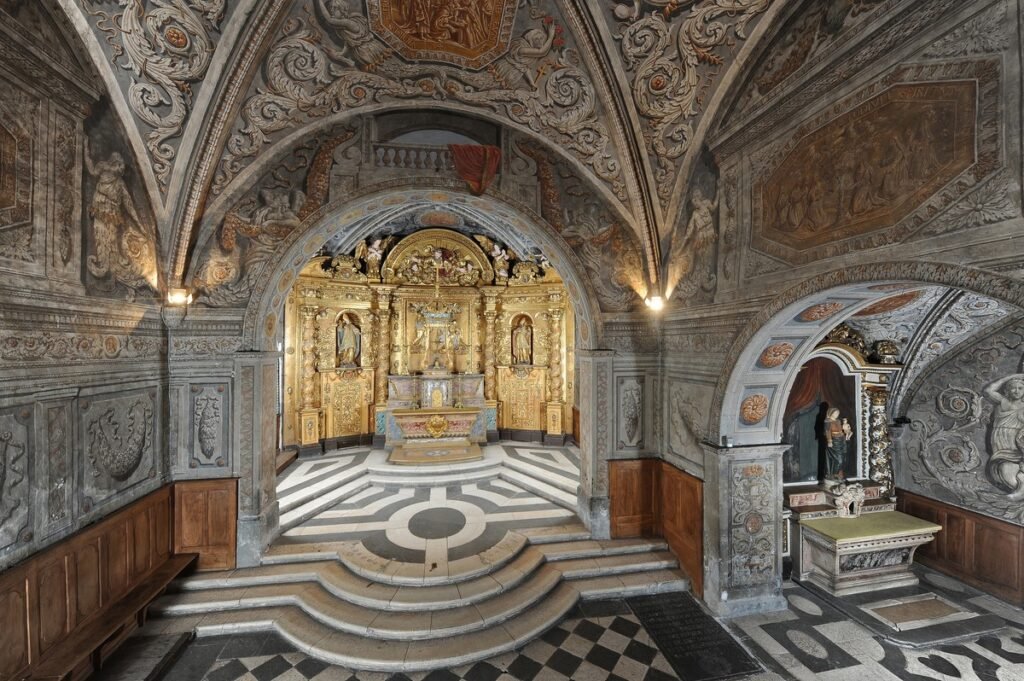
The Musée Dauphinois is an ethnographic, archaeological, historical, and social museum covering the territory of the former French province of Dauphiné. It has five levels, with the former chapel and the nuns’ heart constituting level -1.
Two long-term exhibitions are housed in the museum “Le Rêve blanc” (The White Dream), which traces the history of winter sports, and “Gens de l’alpe” (Alpine People), which displays hundreds of ethnographic pieces related to the daily life of mountain dwellers.
Museum of Grenoble
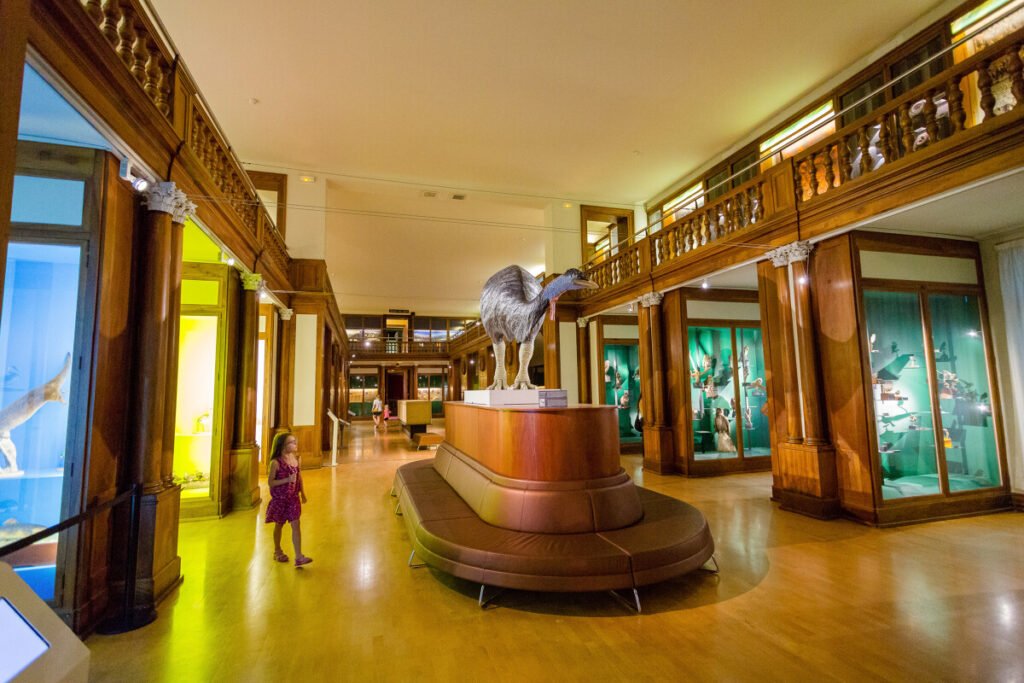
The Grenoble Museum is one of the largest natural history museums in France, with nearly 3 million specimens. The collection of fossils, minerals, plants, animals and ethnological objects is displayed over 2,800 m².
Musée de l’Ancien Évêché (Museum of the Old Bishopric)

Located in the heart of Grenoble’s historic center, in the immediate vicinity of Notre-Dame Cathedral, the museum is housed in the former bishops’ palace. The site’s basement features the exceptional archaeological remains of a baptistery dating back to the early Christian period.
The museum’s garden offers a breathtaking view of the cathedral’s apse and the remains of the Gallo-Roman rampart. Each year, the museum presents a variety of temporary exhibitions focusing on the history of the Isère region and the Alps.
Parc Paul Mistral
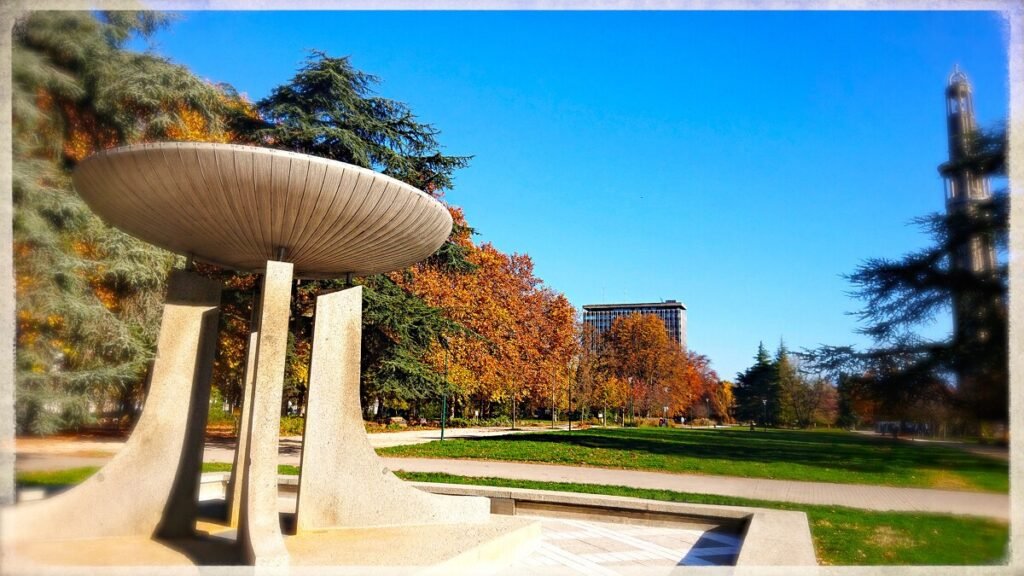
Paul Mistral Park, with its 21 hectares, 13.8 of which are planted, is the largest in the city. This landscaped heritage is an essential element of the living environment of the city center’s residents. Studies have been underway since 1999 for the extension and redevelopment of the park. It features beautiful specimens of old trees, ponds, and its location, close to the speedway, allows for the practice of numerous activities.
